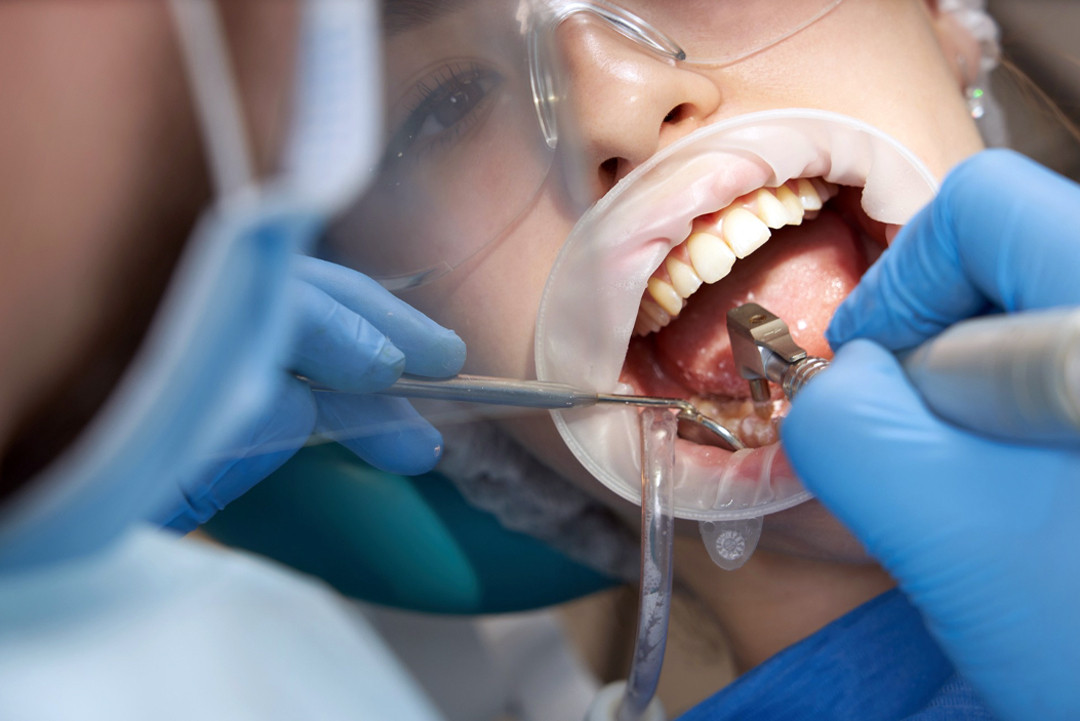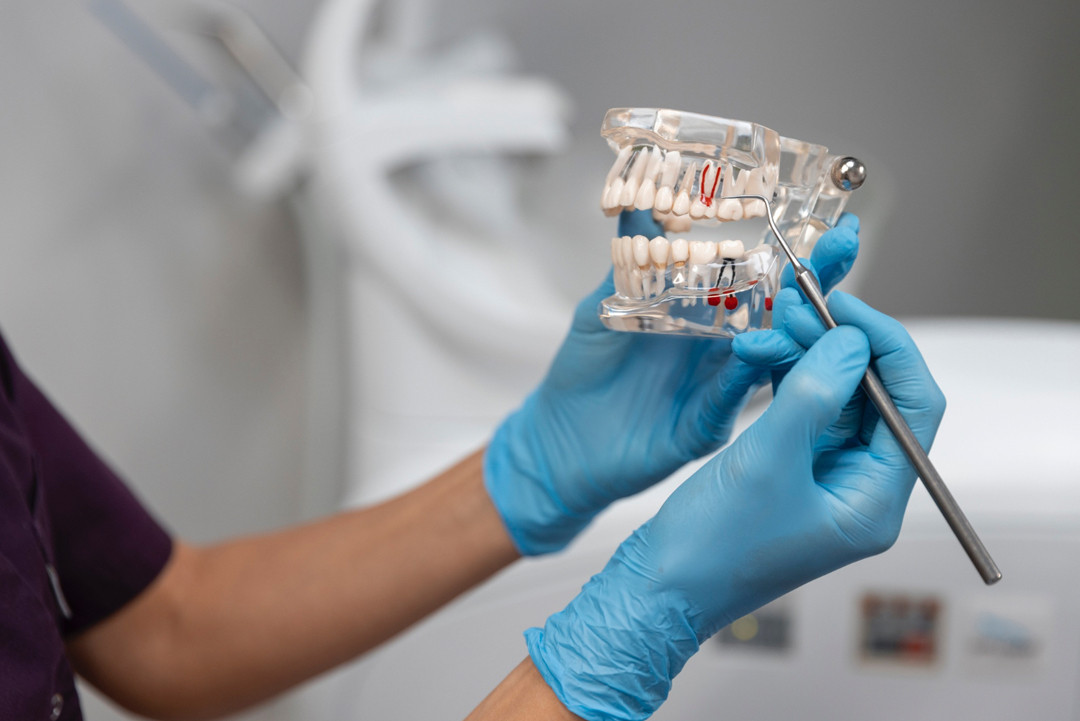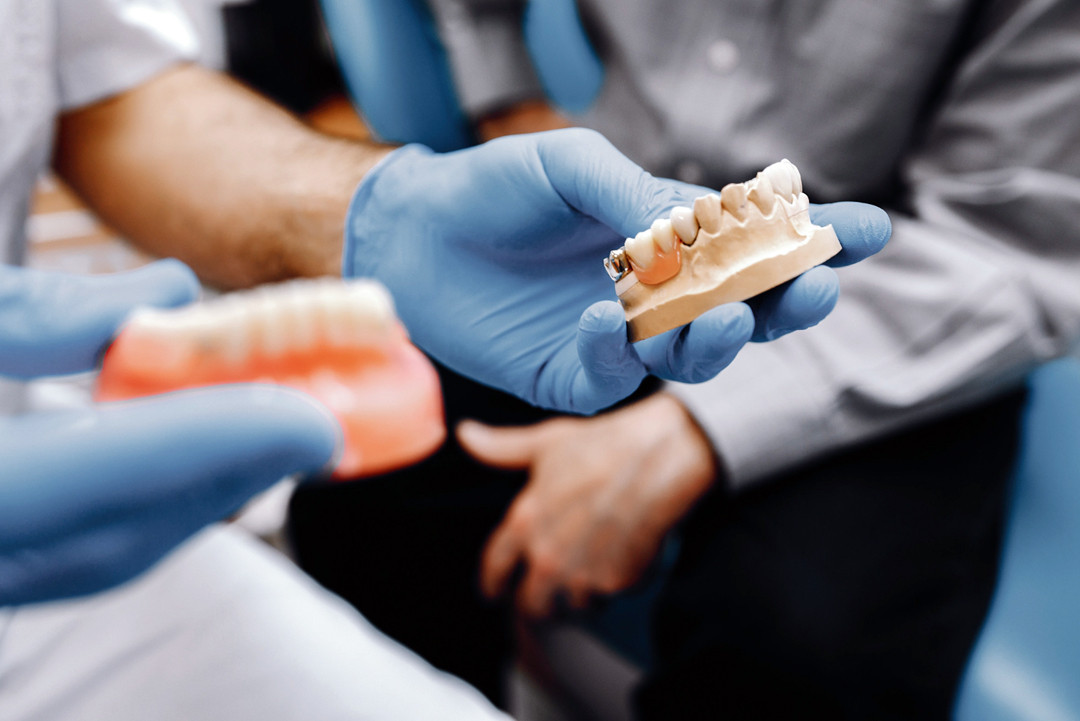What Is Restorative Dentistry?
Restorative dentistry focuses on diagnosing, treating, and repairing oral diseases to restore the function and aesthetics of teeth and gums. It combines techniques from endodontics, periodontics, and prosthodontics to ensure comprehensive care for oral health. Common restorative devices include crowns, bridges, implants, fillings, and dentures.
Goals of Restorative Dentistry
- Restore Functionality: Improves chewing, speaking, and overall oral function.
- Enhance Aesthetics: Addresses discoloration, gaps, and chipped or damaged teeth for a natural-looking smile.
- Prevent Further Damage: Protects teeth and gums from future complications.
- Boost Confidence: Improves self-esteem with a healthy, beautiful smile.
Common Treatments in Restorative Dentistry
- Fillings
- Purpose: Repairs cavities caused by tooth decay.
- Materials Used: Composite resin, silver amalgam, or glass ionomer.
- Procedure: Removal of decayed tissue followed by filling the cavity with durable material.
- Dental Crowns
- Purpose: Protects damaged or weak teeth and improves appearance.
- Materials: Porcelain, zirconia, or metal-supported crowns.
- Procedure: Tooth is shaped and capped with a custom-fit crown.
- Onlays and Inlays
- Purpose: Restores damaged cusps or large cavities without full crown coverage.
- Materials: Composite or porcelain.
- Procedure: Custom-fitted pieces bonded to the tooth.
- Root Canal Therapy
- Purpose: Treats infected or inflamed tooth pulp to save the tooth.
- Procedure: Removal of infected pulp, cleaning the canal, and sealing with a filling or crown.
- Bridges
- Purpose: Replaces one or more missing teeth.
- Design: Anchored by crowns on adjacent teeth with pontics (artificial teeth) in between.
- Materials: Porcelain or porcelain-fused metal.
- Dental Implants
- Purpose: Replaces missing teeth with a durable, long-term solution.
- Procedure: Titanium posts surgically placed in the jawbone act as artificial roots for crowns or bridges.
- Dentures
- Types: Full (entire arch) or partial (some teeth).
- Purpose: Restores functionality and aesthetics for those with missing teeth.
- Material: Acrylic or metal frameworks for stability.
- Veneers
- Purpose: Improves the appearance of discolored, chipped, or uneven teeth.
- Materials: Porcelain, composite resin, or zirconia.
- Procedure: Thin shells bonded to the tooth surface for a flawless look.
Benefits of Restorative Dentistry
- Improved Oral Health: Repairs decay and prevents further damage.
- Better Functionality: Restores chewing and speaking abilities.
- Aesthetic Enhancement: Provides natural-looking results for a confident smile.
- Long-Term Protection: Prevents tooth loss and gum diseases.
- Pain Relief: Addresses discomfort caused by damaged or missing teeth.
What to Expect During Treatment
- Initial Consultation: Comprehensive assessment of oral health and imaging if necessary.
- Customized Plan: Treatment tailored to individual needs and oral conditions.
- Procedure: Ranges from minimally invasive fillings to surgical implants.
- Aftercare: Instructions for oral hygiene and follow-up visits to ensure successful healing and maintenance.
Who Should Consider Restorative Dentistry?
- Individuals with damaged, decayed, or missing teeth.
- Those experiencing discomfort or difficulty chewing and speaking.
- Patients seeking aesthetic improvements for their smile.
Post-Treatment Care
- Regular brushing and flossing.
- Follow-up dental checkups for monitoring.
- Avoiding hard foods or habits like teeth grinding to protect restorations.
Restorative dentistry can transform oral health, functionality, and aesthetics, ensuring long-term benefits and a confident smile.


















